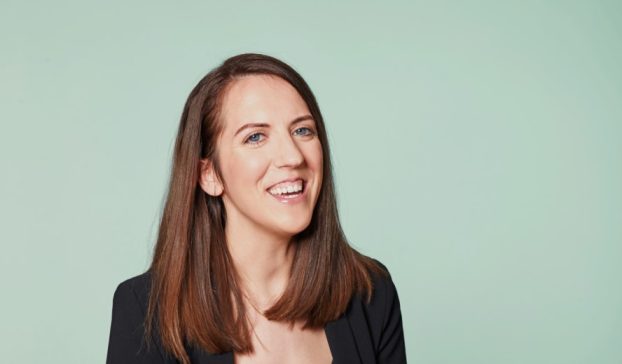
From left to right: Ann Marie Kerwin, Mike Menkes, Ken Favaro, Alex Banks and Kate Price
Earlier this year, Hyundai created two teams within its marketing organization: one focused on brand building, the other on performance marketing.
The automaker’s brand equity division runs social media, experiential, multicultural, learning and producing content across all channels. On the other hand, the performance division is focused on media buying, communications, tier two, marketing with dealers, financial management and analyzing quantitative effectiveness of advertising.
A panel at Advertising Week NY 2024, entitled “Brand as ‘Multiplier’: Why we need to rethink brand vs. performance,” used Hyundai as a case study to discuss many brands’ performance bias. The panel was moderated by Ann Marie Kerwin, the Americas editor for the World Advertising Research Center (WARC), and included insights from Mike Menkes, senior VP at Analytic Partners; Ken Favaro, CSO at BERA.ai; Alex Banks, senior VP of business development at System1; and Kate Price, partner at Prophet.
Kerwin also announced WARC is currently working on a coalition paper, entitled “The Multiplier Effect,” using the panelists’ research to help marketers maximize the return on their advertising, which is especially critical because of data that indicates performance bias in budgets often comes at the expense of brands.

One significant issue with marketing budgets is that the brand equity side is often left to produce quick ideas while relying on softer metrics. The performance marketing team has slow attribution and a lot of metrics, which usually fail to offer a holistic view of how marketing is performing.
Analytic Partners is a marketing analytics and tech firm that is known for its ROI Genome project, which is a large-scale database of marketing performance data collected over decades from brands. Those metrics help Analytic gain an understanding of how marketing drives business performance, sales, conversions and new customer acquisition.
Menkes pointed out that brand equity outperforms performance marketing 80% of the time. “We do see the majority of brands overspend on performance marketing, and this is not driving the effectiveness that we think,” he said. “Equity and brand advertising, things that tend to drive what we consider to be the upper funnel, are very effective and very efficient at driving sales in the short term.”
He sited last click, silo measurements as “leading to a lot of misinformation. It’s really fast, but it’s really misleading.” At least 30% of paid search is driven by other forms of marketing, he added. For instance, he suggests that Adobe Analytics and Google Analytics provide user-level data that inflates clicks and undervalues TV.
BERA.ai’s contribution to the paper is to bring brand data to help quantify the codependency between brand advertising and performance marketing. “And, importantly, to operationalize and optimize that codependency,” Favaro said.
BERA.ai is a brand analytics platform that helps companies measure and optimize the strength and impact of their brands. BERA.ai analysed 2,000 of the most important brands in the U.S. to quantify brand equity, which includes four variables: familiarity, regard, meaning and uniqueness.
“You increase brand equity, the conversion profitability increases at every stage of the funnel, from top to bottom of the sales file, and it increases fairly dramatically as you increase brand equity,” Favaro said. “This quantifies how strong brands create a tailwind for performance advertising.”
The second insight from BERA.ai’s research was pinpointing the impact of brand equity on conversion probability “from purchase to advocacy,” Favaro explained. “This is a great indication of how brand equity impacts both the short-term, because advocates refer you to other consumers, but also affects long-term sales, because advocacy is a ‘sign of weight.'”
System1 – a marketing research and behavioural science company that measures how consumers make decisions – tests for brand building, impact, memorability and brand affinity. After analyzing 40,000 ads in six years, System1 has created a star rating system based on long- and short-term brand building, five being the most difficult to obtain. “That’s what the nature of this research is,” Banks said. “You don’t have to focus on the short term. You don’t have to be performance driven. You can set yourself up long term.”
For its part, Prophet asked CMOs and senior marketing leaders how much money they spent on performance marketing and brand marketing. “Budget conversations are important, but it’s a necessary but not sufficient condition for success,” Price said. “Just talking about money, if you finish the conversation there, you’re not going to be able to get this multiplier effectively.”
Prophet is a global consulting firm that helps brands drive growth by transforming their brand, marketing and customer experiences. According to its research, 90% of brands that outperformed competitors say they are fully or somewhat integrated when it comes to how they operate teams and three times more likely to say they are fully integrated. Price said Prophet conceptualized brand and performance marketing as a love story.
“People who are in strong relationships have common goals,” she said. “The second thing is you still have the same worldview. The third thing…and one of the most interesting things that we found, was this idea that those really successful organizations emphasize magic and logic.”























